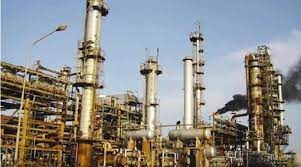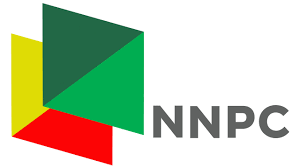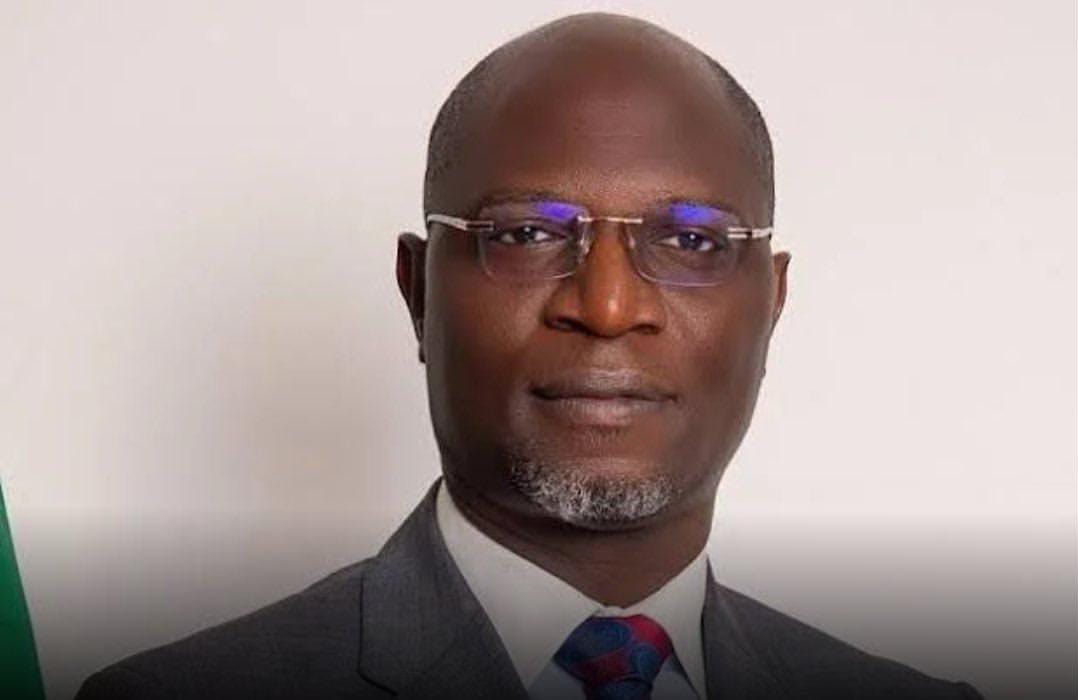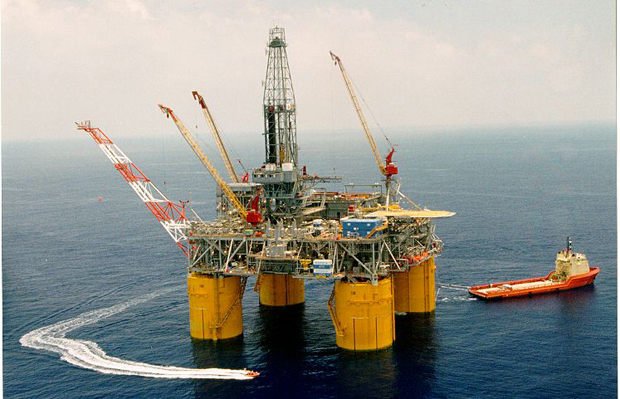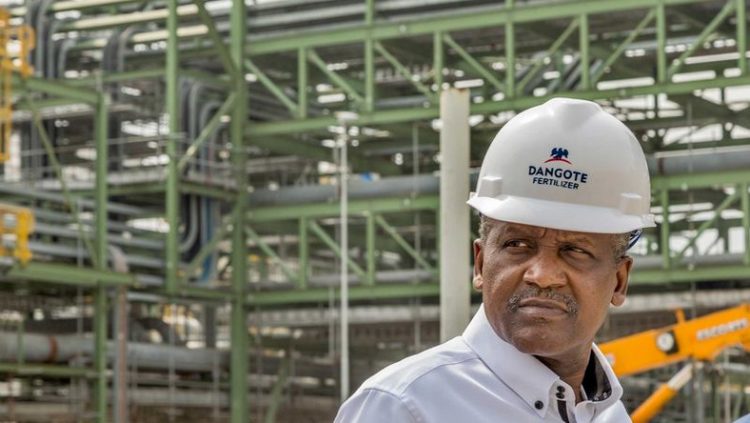The West African region has unveiled the timeline for accomplishing its refinery hub goals. Countries in the subregion are to sign harmonized refinery regulatory agreements in the fourth quarter (Q4) of 2025.
The timeline was part of the highlights from the two-day Nigerian Midstream and Downstream Petroleum Regulatory Authority (NMDPRA)/ S&P Global Commodity Insights Conference on West African Refined Fuel Market in Abuja.
Presenting the outcome of the conference, NMDPRA Executive Director in charge of Economic Regulations and Strategic Planning, Prof Zainab Gobir, said the essence of the timeline and agreements was to ensure all operational refineries steadily operate at optimal output to fulfil West Africa’s demand for refined products.
According to her, all member states are expected to abide by the agreements.
She explained that the harmonised regional market framework, regulatory policy, and incentives are expected to attract investment in green field refinery products.
On the timeline and agreements, Gobir said: “And what is our timeline? Short to medium term. Secondly, a harmonised regional market framework, regulatory policy, and incentives that will attract investment in green field refinery products.
“What is the action base? Regional regulatory bodies working closely together. Timeline: Fourth quarter 2025.”
She said the conference was able to come up with a roadmap for 2025 to 2030.
She said in order to ensure all performing licenced refineries deliver and commit to obligations, they are to be licenced to construct or impose stiff penalties for non-performance in all countries of the West African sub-region.
Raising the question of how to deliver, she said: “Who is to do this? Operating refinery member states. And that’s expected monthly. So chart, track the production levels and what the outputs are every month and have a report.”
She said the conference also sought measures to protect domestic refineries from unfair international competition and destruction structures and systems.
Gobir further noted that some of the highlights of the conference were that the West Africa petroleum product market has evolved in refining capacity and availability of storage infrastructure. She added that it was resolved that the need for a valuable reference trading hub and price for West Africa is contingent upon coordination across four key independent pillars.
She said the conference resolved that there should be building and maintaining of refinery capacity and supply capabilities.
Gobir added that it was also observed there should be logistics networks and operational excellence.
According to her, there was a unanimous call for regulatory alignment.
The fourth point, according to her, was the call for the adoption of a harmonised, transparent and robust refining product market pricing.
She described the Dangote Refinery as a game changer in the market where other functional upcoming refiners in West Africa are also changing the dynamics of defining product markets in the region.
The conference, she said, decided there should be regional refinery collaborations among the existing plants
“Regional refinery collaborations, strong ones. Four, such refineries that we have in existence right now are Ghana, Thames, Senegal, Cote d’Ivoire, and of course, Nigeria,” she said.
Gobir said it was also resolved that the financial institutions in the region including development finance institutions, African Finance Corporation, AfriExim Bank, the African Energy Bank and private investors should be encouraged to create the structure, innovation and financial instrument to finance infrastructural gaps short term, annually.
She said for S&P Global, it was resolved for the organization to include an update on the West Africa infrastructure development in its West African market status and development updates.
According to her, the inclusion will bring additional transparency on the refined product storage levels at the main trading and storage locations in the region.
Speaking, the NMDPRA Chief Executive, Engr. Farouk Ahmed there are currently three hubs with pricing benchmarking potential.
According to him, there are the U.S. Gulf Coast, the Northwest Europe, the Arabian Gulf, as well as the Mediterranean and Singapore.
He said meanwhile West Africa has five locations, noting the S&P has accepted to help create a hub in Nigeria.
“I didn’t call any location Africa. So for S&P, Community Global Insights, who agreed to work with us to create a hub in Nigeria, it’s a major, major milestone,” he said.
On the benefits, Ahmed said in 2025 the trading activities of only gasoline in the West African zone did about 2 million metric tonnes of trading activities, plus those in gas oil and jets but they were benchmarked in other locations whereas trade activities are also happening within West African coast.
Insisting on a pricing benchmark in West Africa, he said “Whether you talk about offshore labels, leaky, or stumbling, Lome or going to Senegal, or Ghana, it’s all within the West African zone.
Why can’t we have it in our own locations? So they have a pricing benchmarking here. So that is the essence of this collaboration with SFB Global Insights.”
He said the trade hub will address the issue of energy security indirectly because of the business activities in the shores.
Ahmed lamented that presently all the traders that are in Europe, or in the Far East, or Middle East, or East Europe, but are now all trading hubs in Nigeria.
He said other factors are the hidden benefits from bunkering activities.
“So ladies and gentlemen, another factor that we don’t see is the bunker activities. When we’re talking about gasoline price, or talking about fuelling our cars, bunkering is fuelling ships.
“So when we have these shipping activities, and coastal activities, you see a lot of bunkering business booming within West Africa,” he said.


